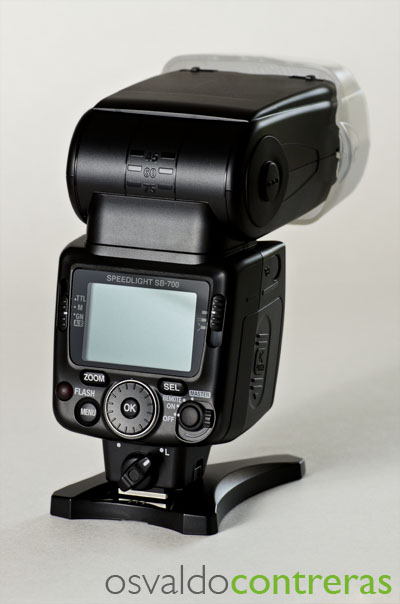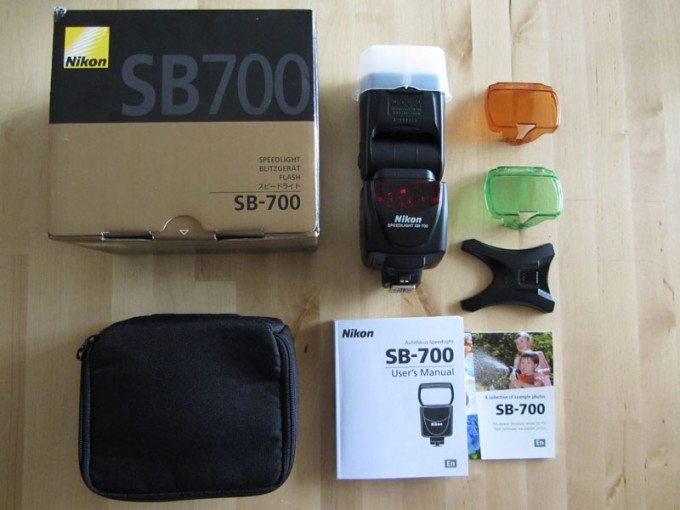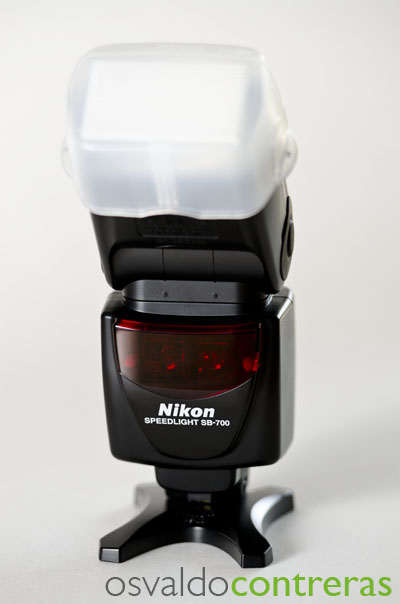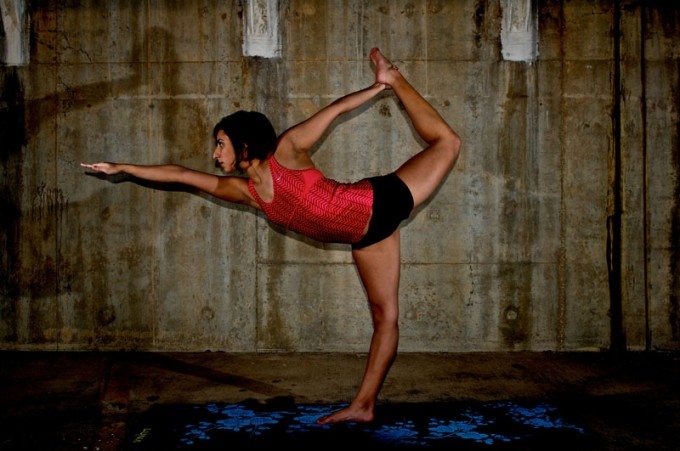The Nikon SB-700 (also known as the SB700 in some circles) was released last year in September and it couldn’t have come any sooner. The SB-600 that it replaced was not intuitive to use, and had a more limited range. It replaced the aging SB-600 (SB600) and gave amateurs and aspiring pros more features, and an easier to use interface. This flash is targeted towards consumers and prosumers. It costs $330 so it is about $120 cheaper than the SB-900 (SB900). If you are a full time working pro and need the best then you would buy the SB-900. I have owned my SB-700 since January 2011 and I have thoroughly enjoyed using this flash.
If you are in the market to purchase a flash I would seriously recommend the SB-700. Its compact size, enhanced interface, and ruggedness make it a great flash for its price. Read on to get more details on this great new addition to the Nikon flash line.
Features
https://www.youtube.com/watch?v=7PFa8QWMJFw
The Nikon SB-700 flash offers more features than the SB-600, and reduces the gap between Nikon’s mid-level flashes and high-end flashes. Here are the added features:
- Auto-detects whether you are using FX or DX cameras
- Comes with a diffuser dome and plastic gels seen in the video
- Can serve as a master flash for other Nikon CLS flashes
- Flash has a built in temperature monitor. This makes sure that you don’t burn the flash bulb.
- More buttons to change the flash mode, beam settings, remote/commander mode, and zoom settings
- Better weather sealing comparable to the SB-900
It is able to be fired remotely using Nikon’s Creative Lighting System (CLS) if you have a Nikon camera that supports CLS or if you use a Nikon SU-800. If you have several Nikon flashes the SB-700 flash can also serve as the master flash to trigger your other flashes.
Buying an SB-700 means that when you attach it to your camera you get the full features of Through The Lens (TTL) technology. This means that the camera knows there is a flash attached and compensates for that to give you better exposures. If you are using a zoom lens as you zoom the flash zooms as well. There is also a wide angle adapter that is built in to extend the SB-700’s 12mm range.
The SB-700 comes with accessories that you’d find packaged with the SB-900. It comes with a carry case, stand, diffuser dome, and two filters. The filters are for matching your SB-700‘s light to incandescent or fluorescent lighting. The flash also has a bounce card built right into the flash. Watch the video below to see all the accessories that come with the SB-700.
Updates
The SB-700 resembles the SB-900 more than it does the SB-600. This is great for photographers because the SB-900 is the best and easiest flash that Nikon has produced (click here for the SB-900 review). The controls on the back of the flash are more ergonomically friendly—making it easy to change settings. The SB-700 has more buttons and a rotating dial that allow you to easily change setting whereas the SB-600 had you go through menus and hold multiple buttons down to edit a single setting. The power dial turns the flash on/off, but also allows you to put the flash in remote and master modes. There is also a switch that allows you to either set the flash to Manual or TTL mode.
Performance
The Nikon SB-700 performs as you would expect a Nikon brand flash to. All I can say is that it just works. As long as I have a good set of batteries in the flash I have never had my Nikon flashes not fire. Having owned the SB-900 I can say that the only big difference you are missing is having more flash power. But at about $330 you can buy two flashes for a lot cheaper than buying two SB-900 flashes. That is the main reason I purchased the SB-700 flashes over the SB-900. I shoot portraits and having a main light and fill light make portraits look nicer when used properly as opposed to having one light source.
As you can see in the picture the flash on the right has been set to over power the flash that was on the left. I did this so that you could see the shadow on the concrete wall. The SB-700 on the left was used to make sure that the model’s face was lit.
I’ve shot one to two hour long portrait shoots using my two SB-700s and had no problem with recycle times or having them overheat. In order to get the best performance out of my flashes I use Energizer’s Ultimate Lithium batteries (blue and silver batteries). I’ve noticed that the flashes recycle faster, and I get more flashes per 4 batteries.
How does the flash actually perform out in the field?
Weddings/Events
Having used the SB-600 for weddings I can say with confidence that the SB-700 has the power and recycle times needed to shoot weddings. It also takes up less space than an SB-900 so it is easier to carry around multiple SB-700 flashes (see our SB900 review here). Also, because the SB-700’s maximum power is lower than the SB-900’s power it stays cooler as you fire off the flashes. I will say that regardless of whether you buy the SB-900 or SB-700 that when the flashes get hot enough they will shut off to prevent damage to the flash heads. So both flashes recycle pretty quickly, but after some time they will shut off if pushed to the limit.
The only reason you would really want to buy the SB-900 is if you shoot full time and need Nikon’s most robust flash. You might also need the SB-900 if you need even faster recycle times and more battery life because the SB-900 can be attached to the Nikon SD-9. The SB-700 does not have the ability to be connected to an external battery source.
Portraits
I use the SB-700 primarily for portraits and the flash fills all the needs that I have which are: reliability, recycle time, flash power, and ease of use. I thought that the SB-700 might not have enough power to get the results that I was looking for, but as you can see in the picture above I was able to get enough light from the SB-700 to get the shadows I was looking for on the concrete wall.
In order to keep my lighting budget low I use my SB-700 flashes with 2 Manfrotto light stands, and 2 Creative Light white umbrellas. When I want softer light I use the umbrellas, but when I need harsh light I use the bare flash.
Conclusion
If you are in the market for a Nikon flash then you have two real options, the SB-700 or the SB-900. Given those two choices I feel that the SB-700 is the best value. It has nearly all of the features of the SB-900, but is smaller than the gigantic SB-900. I would recommend that anyone looking to buy a flash seriously consider the SB-700.
For those of you that shoot weddings or sports then you may want to consider getting the SB-900 because it has more power and faster recycle times when paired with the Nikon SD-9.
You can always rent each of the flashes by clicking on the following links: Nikon SB-700 or SB-900.
Sample Images
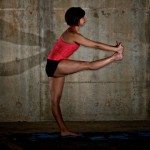 |
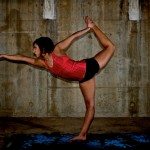 |
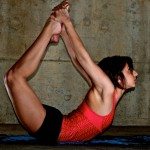 |
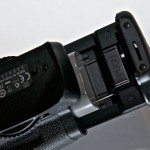 |
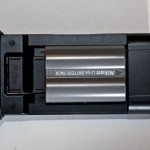 |
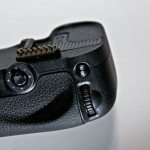 |
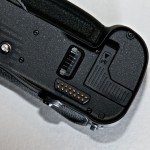 |
Please Support The Phoblographer
We love to bring you guys the latest and greatest news and gear related stuff. However, we can’t keep doing that unless we have your continued support. If you would like to purchase any of the items mentioned, please do so by clicking our links first and then purchasing the items as we then get a small portion of the sale to help run the website.


